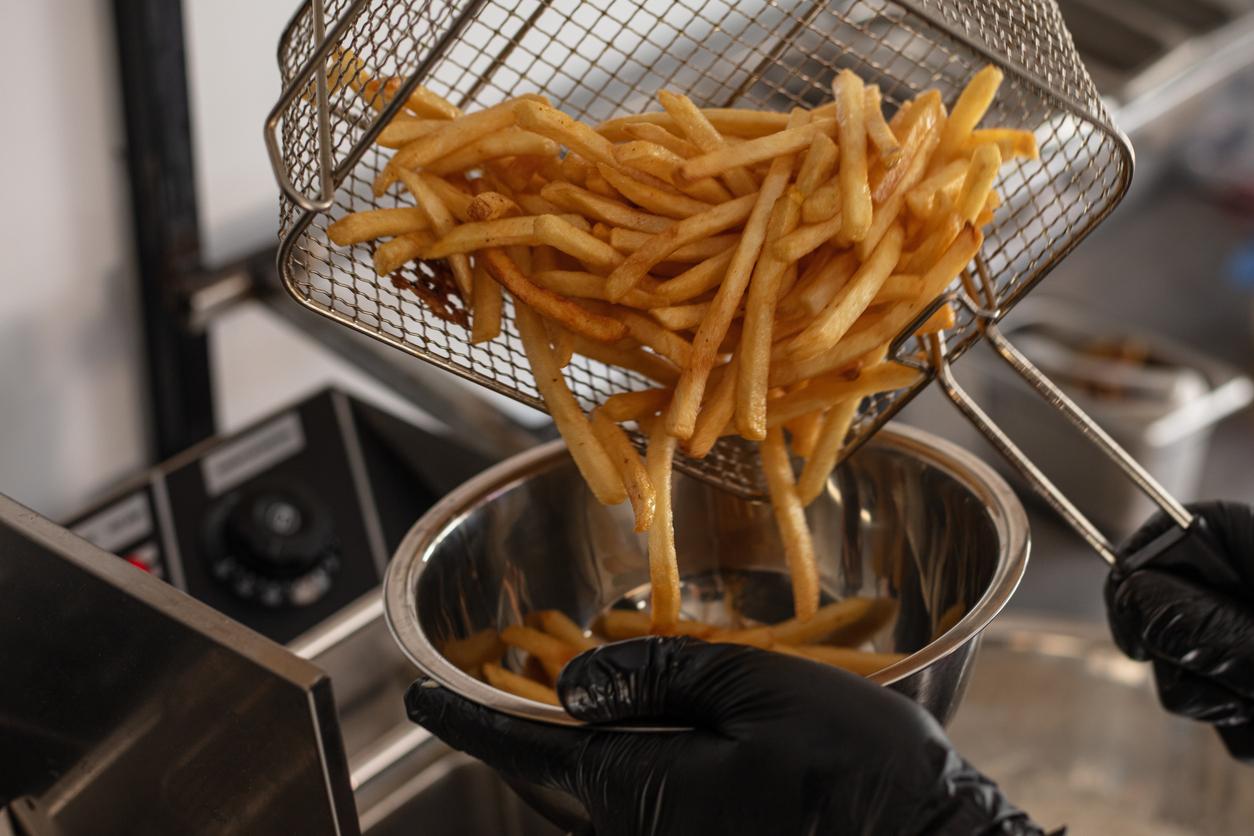
All about olive oil
Olive oil is almost standard in our kitchen, but what do we actually know about it? What is the difference between regular and extra virgin olive oil? Is more expensive olive oil better? And which olive oil is the healthiest? Six questions about olive oil.
1. What types of olive oil are there?
About 90 percent of the worldwide olive production is used for olive oil. In the supermarket you will therefore often find a large and varied range of olive oil. The most common types are olive oil and (extra) virgin or (extra) virgin olive oil. Virgin means that the virgin olive oil is made without heating. It gets the name ‘extra virgin’ when it is the most expensive pressing with the most pronounced taste.
Other types include refined olive oil (virgin olive oil that has been heated to purify it) and olive pomace oil. The second uses olives that have not passed the first selection due to size, damage or because they are too ripe. This olive oil is often of lower quality, but can still be used in cooking. Ordinary olive oil is a blend of refined olive oil and virgin olive oil.
2. What is the difference between olive oil and extra virgin olive oil?
It is the pressing that makes the difference between olive oil and extra virgin olive oil. Extra virgin olive oil is made from the first cold pressing of the olives. This means that the olives are not yet heated and the olive oil is unrefined. Heating is done later in order to extract even more oil, but this only happens with ‘regular’ olive oil. During this process, impurities are removed, but some of the flavor is also lost. This makes regular olive oil taste a bit more neutral than extra virgin olive oil.
3. Which olive oil is the healthiest?
Fat is an important building material and fuel for our body. It provides vitamins A, vitamins D and E, but it is also a complex substance. It consists of saturated and unsaturated fat. Unsaturated fats have a beneficial effect on the cholesterol level in your blood. They raise the ‘good’ HDL cholesterol and they lower the ‘bad’ LDL cholesterol. If you replace products with a lot of saturated fat, such as biscuits and chips, with products with a lot of unsaturated fat, you have less chance of cardiovascular disease. Olive oil is full vitamin E and monounsaturated fatty acids, which makes it in the Wheel of Five.
Because extra virgin olive oil is not heated, more nutrients are retained in it compared to ‘regular’ olive oil. However, this does not mean that it is better to use extra virgin olive oil in all cases. This is mainly due to the price and the taste, but when heating extra virgin olive oil, harmful substances such as PAHs can also be formed.
4. Which olive oil is best for frying?
The taste of extra virgin olive oil does not withstand heat well, which makes it better to use it as a dressing for cold dishes or to flavor hot dishes at the last minute. For frying it is better to use ‘normal’ olive oil.
With extra virgin olive oil, harmful substances such as PAHs can be formed at high temperatures, such as during frying, for example. The more often or longer extra virgin olive oil is heated, the more PAHs are formed. In addition, virgin olive oil is often more expensive, which means that baking in olive oil is also better for the wallet.
5. Is more expensive olive oil better?
The more expensive the olive oil, the better the quality and taste will be. The cheapest olive oil you will find is often made from olives that have not made it through the first quality selection. The taste of this olive oil is less good than that of virgin olive oil, but it is still excellent for frying. Whether a more expensive olive oil is better depends on the application in the kitchen and your own taste.
6. What are the disadvantages of olive oil?
The production of olive oil is not always completely sustainable. Since the olives from one olive tree produce only one to two liters of olive oil per year, production is quite energy-consuming —especially compared to soybean or palm oil, which yields much more oil per square meter. With palm oil, for example, this is 4000 liters of oil per tree.
Common problems associated with olive oil production include erosion (wear and tear of the soil), depletion of water resources and overuse of pesticides. Erosion is caused by a lot of cultivation on hills where the natural vegetation has been removed. Depletion of water sources occurs because the olive trees are sprayed with a lot of water. This disrupts biodiversity. Organic olive oil causes less damage to biodiversity and is therefore a good substitute.
Sources):
















